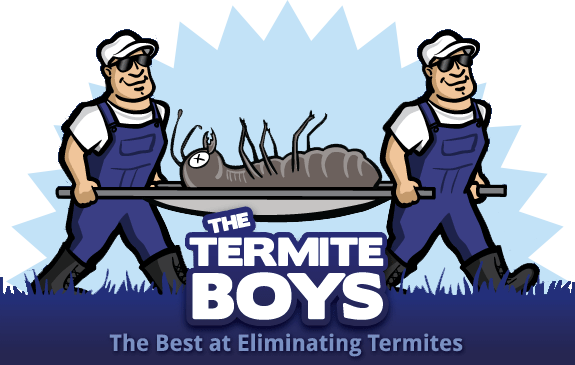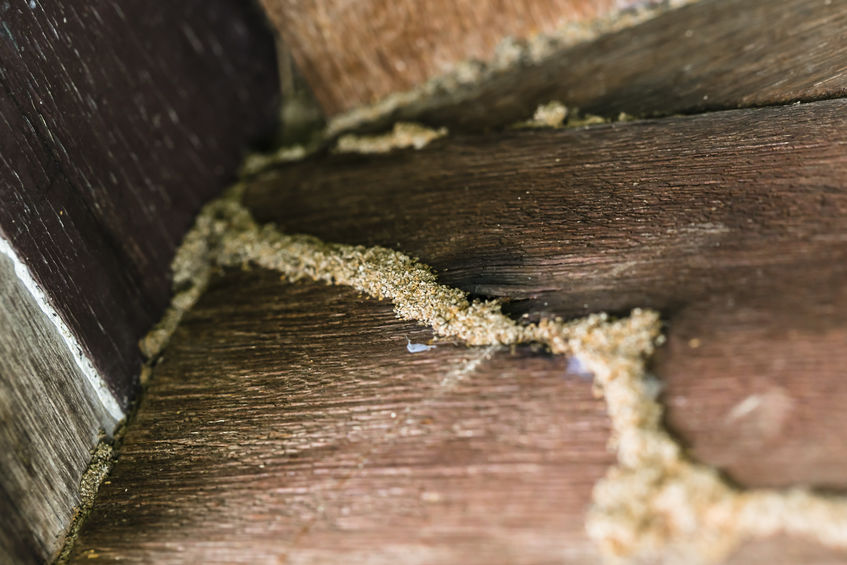Termites are one of the most difficult insect pest groups to control, and extensive knowledge concerning their biology and pest behavior is required in order to properly detect and treat infestations. Reticulitermes flavipes, or the eastern subterranean termite, is the only termite pest species that inhabits Massachusetts. Unfortunately, this species is also the most economically damaging termite pest in the country due to its widespread habitat and relatively large colony sizes. Unlike drywood termite colonies, which dwell only within natural and finished wood sources located above the ground, subterranean termite colonies are located below the soil where workers can easily establish infestations within structural wood that makes contact with the ground soil.
In order to minimize the rate of subterranean termite infestations, modern home construction regulations prohibit structural wood from making contact with the ground soil. This is why most of the homes that people see today are built atop stone or concrete foundations, and patios are usually elevated by concrete blocks. However, crafty subterranean termite workers bypass foundations by building “mud tubes” that connect the ground soil to indoor structural wood sources. The presence of vertical mud tubes on a home’s foundation is a sure sign that the home has become infested. Amazingly, these thin mud tubes squeeze through narrow foundation cracks where they connect to indoor structural lumber. Mud tubes may also reach through stucco, and they are often found making contact with wooden earth-filled patios, porches, stairs, and terraces. Around half of subterranean termite infestations in properly built modern homes originate from mud tubes that make contact with earth-filled foundation extensions, mainly patios, decks and porches.
After subterranean termite workers establish an infestation within structural wood, they frequently return to the ground soil in order to hydrate. However, subterranean termites prefer to infest moist structural wood, as doing so allows the pests to retain water while eating away at wood. This is why wood-constructed foundation extensions that surround above ground pools are particularly vulnerable to subterranean termite infestations. Also, damp structural wood located in wall voids and beneath floorboards in bathrooms, laundry rooms, and kitchens where moisture levels are high are often the first areas in a home to become infested.
Does your wood-constructed patio, porch or deck make contact with the ground soil?

